Travel trailers provide an incredible way to explore the great outdoors, allowing adventurers to combine mobility with comfort. Yet, with this convenience comes the responsibility of proper maintenance, particularly when it comes to the freshwater and wastewater systems. Understanding how to flush tanks on a travel trailer is vital for ensuring a hygienic and efficient camping experience. This article serves as an exhaustive resource, detailing the processes involved in flushing tanks, troubleshooting common issues, and offering pro tips for optimal results.
Understanding Your Travel Trailer Tank Systems
Before diving into the flushing procedures, it’s essential to review the primary types of tanks your travel trailer employs:
| Tank Type | Function | Maintenance Needs |
|---|---|---|
| Freshwater Tank | Stores potable water for drinking and washing | Regular cleaning and sanitization |
| Grey Water Tank | Holds wastewater from sinks and showers | Routine emptying and odor management |
| Black Water Tank | Contains waste from the toilet | Thorough flushing and cleaning |
Each of these tanks plays a critical role in ensuring the safety and convenience of your travel experience. Effective flushing of these tanks minimizes the risk of odors, clogs, and system failures.
Steps to Flush the Freshwater Tank
Flushing your freshwater tank is crucial for maintaining the quality of potable water. Here’s how you can do it efficiently:
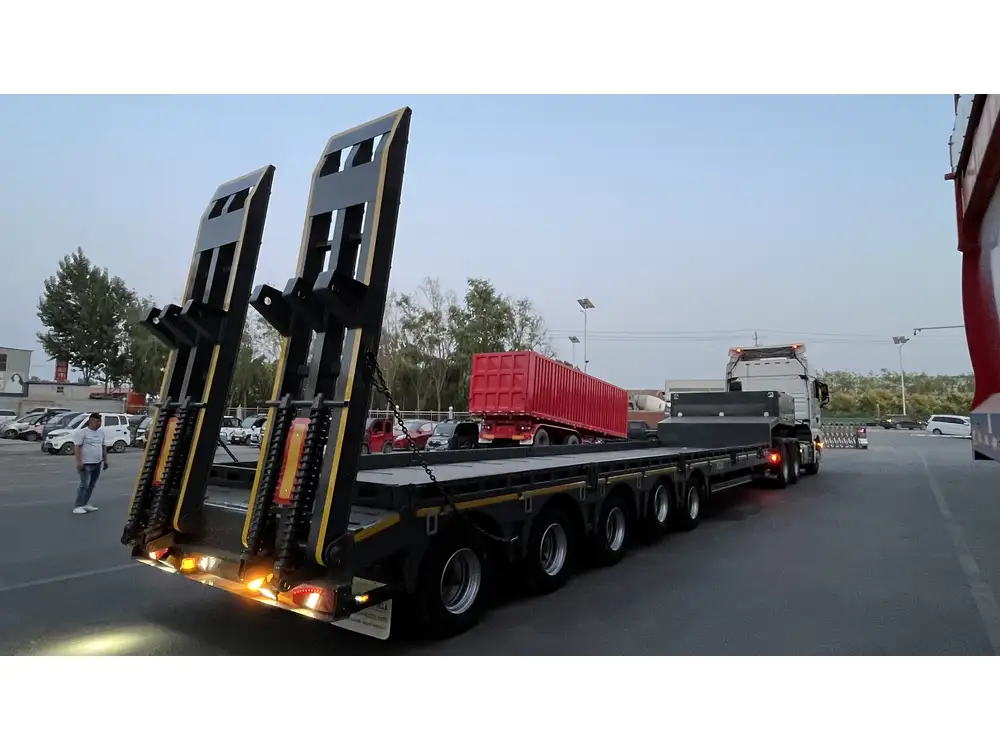
1. Gather the Necessary Supplies
Before starting, equip yourself with the following tools:
- Garden hose
- Water source (hose bib or water spigot)
- Sanitizing solution (such as bleach or a commercial RV sanitizer)
- Measuring cup
- Bucket or container
2. Prepare the Freshwater System
- Turn Off the Pump: Begin by turning off the water pump to prevent any unwanted spraying.
- Open Faucets: Let the water drain from the faucets to relieve pressure.
3. Empty the Freshwater Tank
- Locate the Drain Valve: Most travel trailers have a drain valve at the bottom of the freshwater tank.
- Attach the Hose: Connect your garden hose to the drain valve.
- Open the Valve: Allow the tank to empty completely, ensuring no residual water remains.
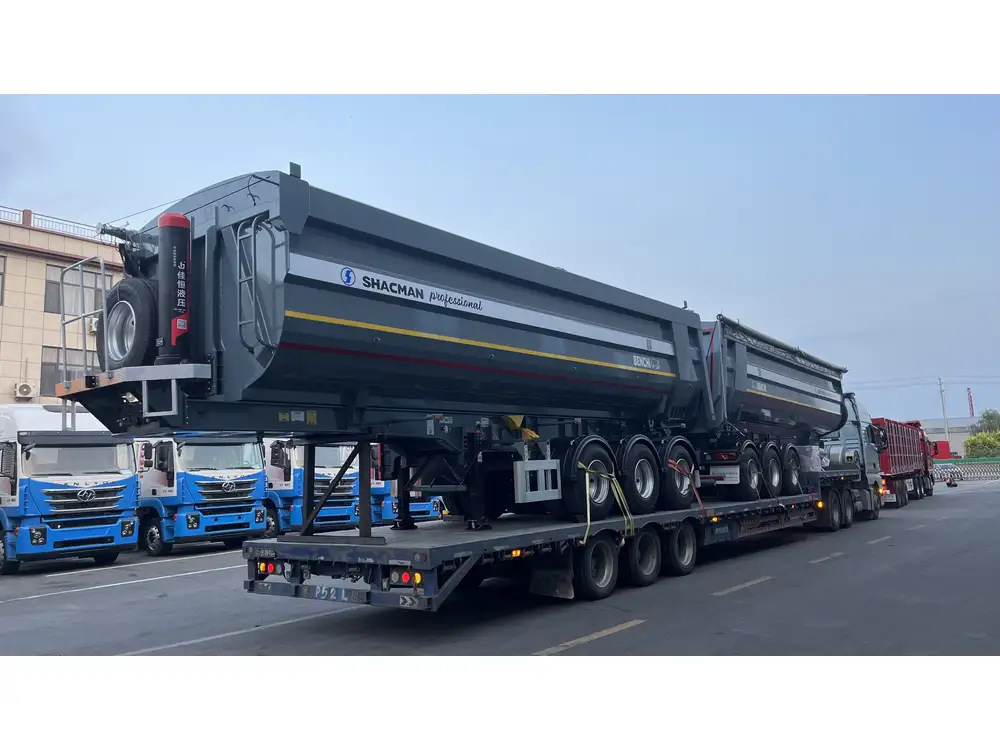
4. Sanitizing the Tank
- Mix the Sanitizing Solution: According to manufacturer instructions, mix your chosen sanitizing solution with water in a bucket.
- Fill the Tank: Using the hose, fill the tank about one-quarter full with fresh water, then pour in the sanitizing solution.
- Top Off the Tank: Fill the remaining tank space with fresh water.
- Circulate the Solution: Turn on the pump and open each faucet until you see the sanitizing solution run through, then close the faucets.
5. Soak and Drain
- Let It Soak: Allow the solution to sit for at least 12 hours.
- Drain and Rinse: Completely drain the freshwater tank again and flush it thoroughly with fresh water, repeating the process until no chemical odor remains.
Flushing the Grey Water Tank
Regular maintenance of the grey water tank is essential for odor control and system efficiency. The following steps will guide you through the flushing process.
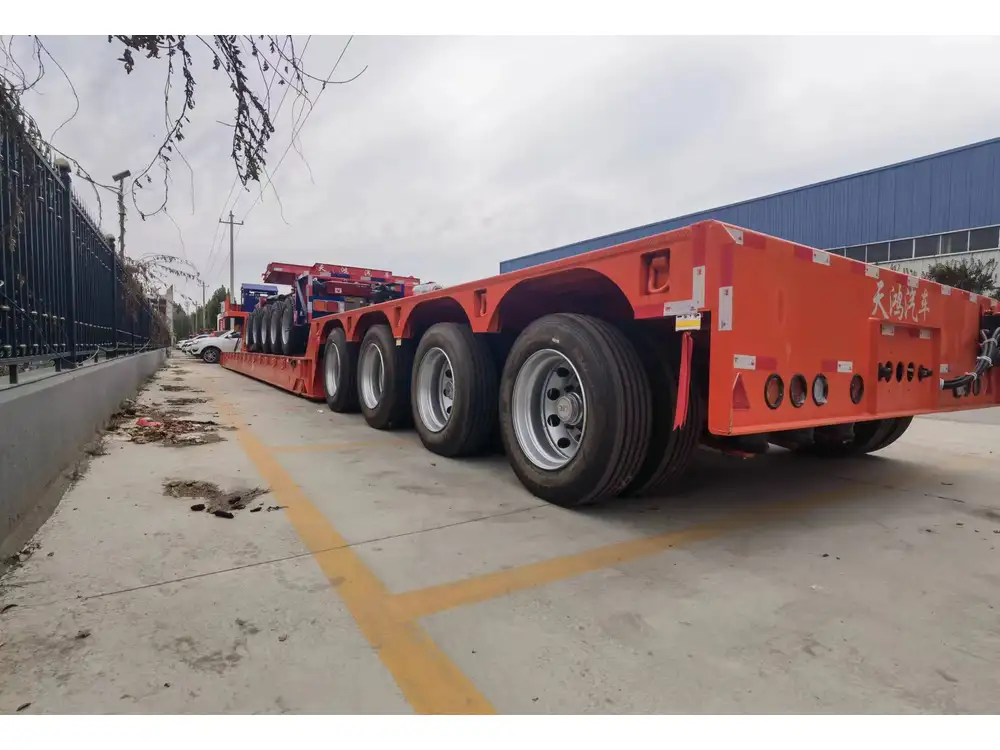
1. Prepare for Emptying
- Park on Level Ground: Ensure your travel trailer is on a level surface to facilitate proper drainage.
- Wear Gloves: Keep hygienic practices in mind by wearing gloves to protect against bacteria.
2. Connect to a Dump Station
- Locate a Dump Station: Find a suitable waste disposal site often found at campgrounds or RV parks.
- Attach the Sewer Hose: Connect your sewer hose securely to the grey water outlet.
3. Drain the Grey Water Tank
- Open the Valve: Allow the contents of the grey water tank to drain completely into the dump station.
- Monitor the Flow: Ensure there are no leaks from your connections during this process.
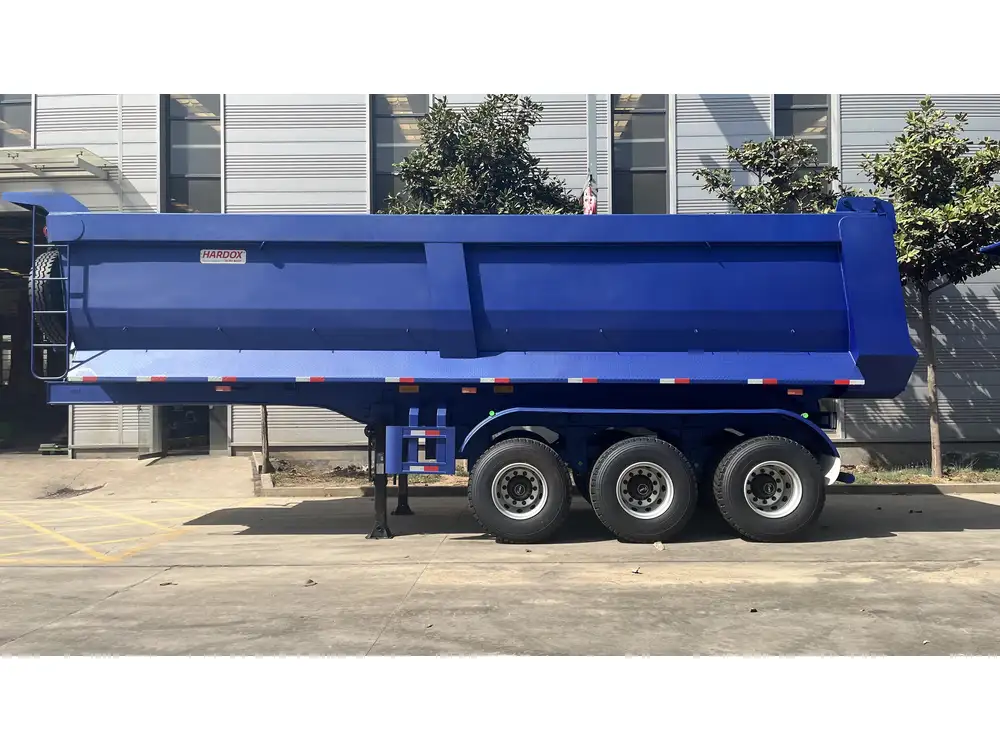
4. Flush with Fresh Water
- Use the Grey Water Flush System: If available, use the designated grey water flush system at the dump station to rinse out the tank.
- Alternatively, Utilize a Hose: If not available, take a garden hose (with proper adapters) to rinse the interior of the tank through the drain valve, ensuring any residue is washed away.
5. Close Valves and Clean Connections
- Close the Drain Valve: Ensure the grey water tank is sealed properly once completed.
- Clean the Hose: After disconnecting the sewer hose, clean it thoroughly to prevent any cross-contamination.
Flushing the Black Water Tank: Best Practices
The black water tank requires the most diligence and care during maintenance. Improper handling can lead to hazardous situations; therefore, we must approach flushing this tank methodically.
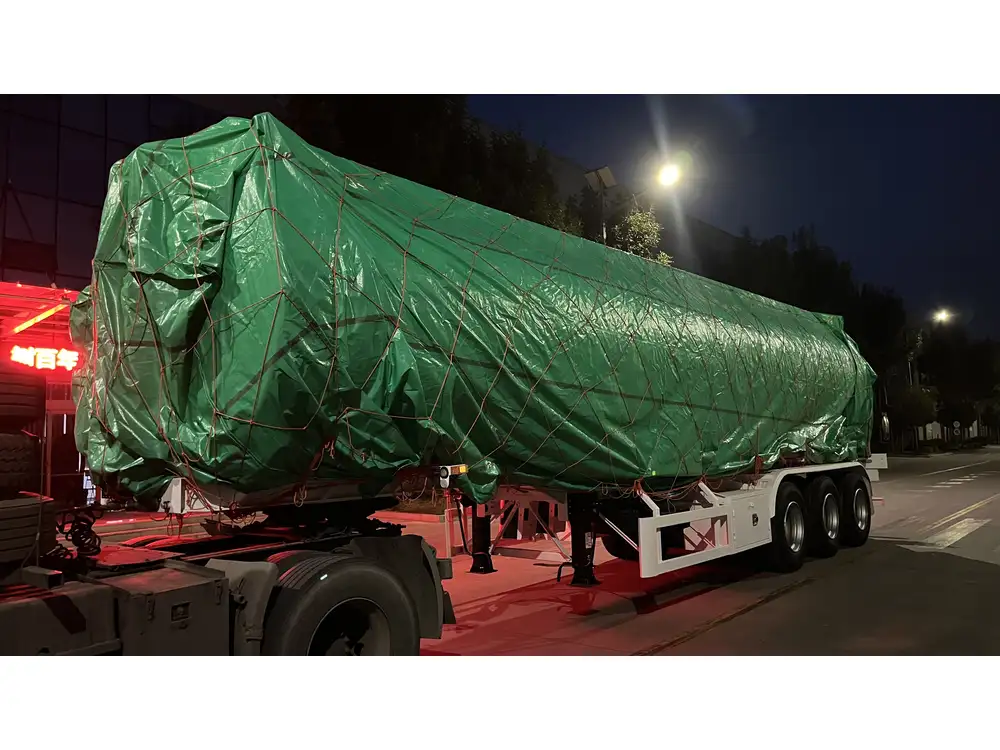
1. Choose a Proper Dump Station
Black water tanks should only be emptied at designated waste disposal sites. Ensuring compatibility with the site’s equipment is crucial.
2. Wear Protective Gear
- Gloves and Safety Goggles: Always wear appropriate protection to avoid contamination while handling sewage systems.
3. Connect to the Dump Station
- Locate the Black Water Outlet: Connect your sewer hose to the black water outlet of your trailer.
- Secure Connection: Make sure to tighten the connection to avoid any spills during the draining process.

4. Open the Black Water Valve
- Drain Completely: Open the valve and let the contents flow into the dump station until the tank is completely empty.
5. Perform a Flushing Assessment
Observational Check: Observe when the flow of waste has significantly slowed, indicating that the tank is nearing empty.
Flush with Fresh Water:
- Using a Flush Wand: If you have a flush wand, insert it into the tank flushing port, allowing the water to rinse the walls of the tank.
- Using a Garden Hose: Alternatively, insert a hose (with proper adapters) into the tank, filling it with fresh water to allow for additional rinsing.
6. Complete the Process
- Close the Valve: Be sure to close the valve tightly after fully draining and flushing the tank.
- Clean the Connections: Always ensure all hoses and connections are cleaned thoroughly.
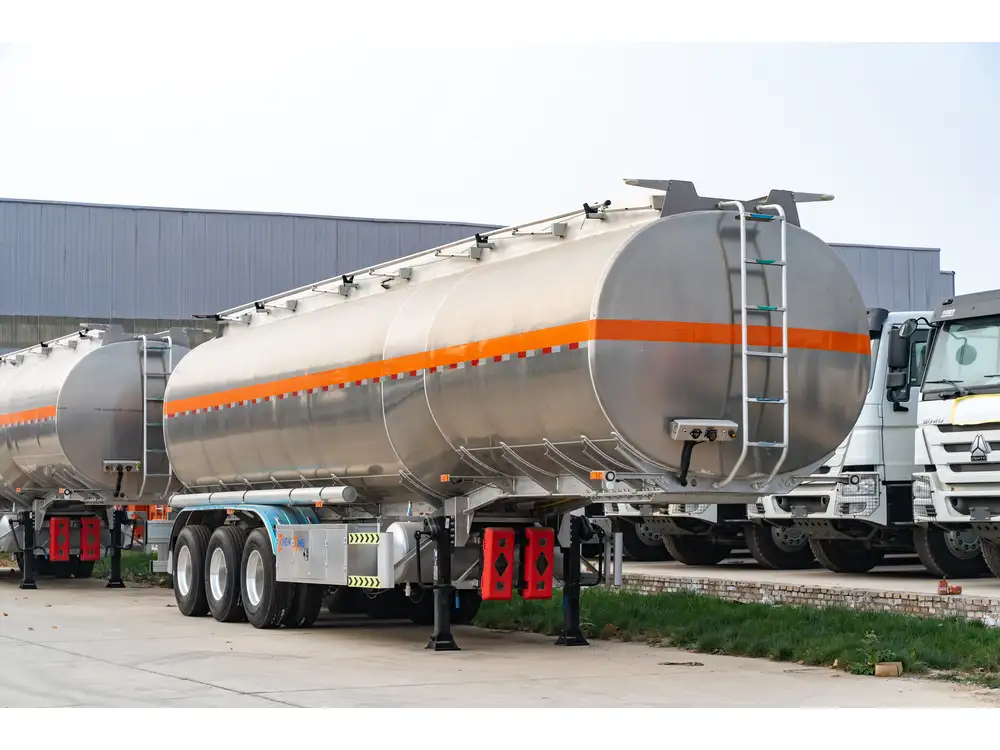
Troubleshooting Common Tank Issues
1. Persistent Odors
Cause: Stagnant water or residue buildup
Solution: Perform a thorough flushing, using sanitizers if necessary.
2. Clogs in the System
Cause: Improper waste disposal or use of unsuitable materials
Solution: Utilize a tank cleaning solution, or if severe, manually address the blockage with a sewer snake.

3. Incomplete Drainage
Cause: Incorrect leveling, or tank accumulation
Solution: Ensure proper leveling and flush thoroughly using a wand or garden hose.
Pro Tips for Maintaining Travel Trailer Tanks
- Use High-Quality Toiletries: Avoid products that do not dissolve efficiently.
- Regular Scheduled Maintenance: Regularly inspect and flush tanks even if not immediately needed.
- Monitor Waste Levels: Keep track of tank levels to prevent overflow issues during trips.
- Invest in a Tank Treatment: Using a biodegradable tank treatment can help break down waste and reduce odors.
Conclusion
Understanding how to effectively flush and maintain your travel trailer’s tanks ultimately leads to a more enjoyable and hygienic traveling experience. By following the aforementioned procedures, addressing potential issues proactively, and employing regular maintenance routines, you can significantly enhance the longevity of your trailer’s systems. Adopting these practices not only ensures your comfort but also prevents costly repairs and system failures down the line. So gear up, hit the road, and relish every moment spent adventuring, secure in the knowledge that your travel trailer is in top condition.



